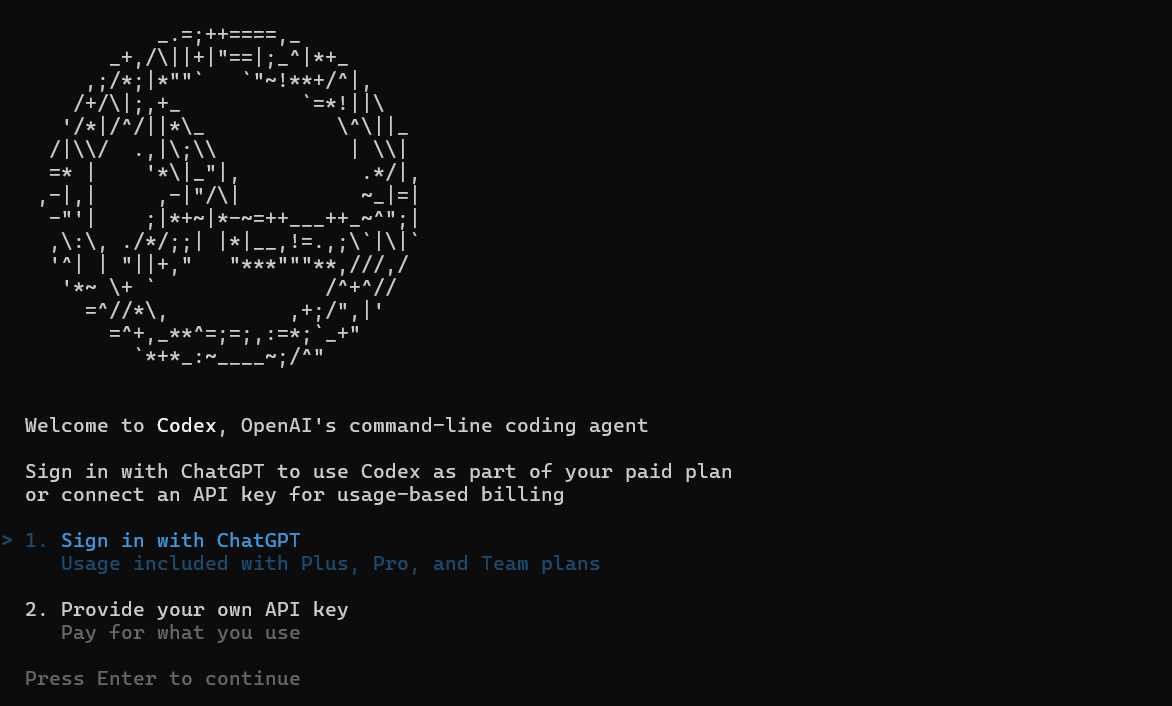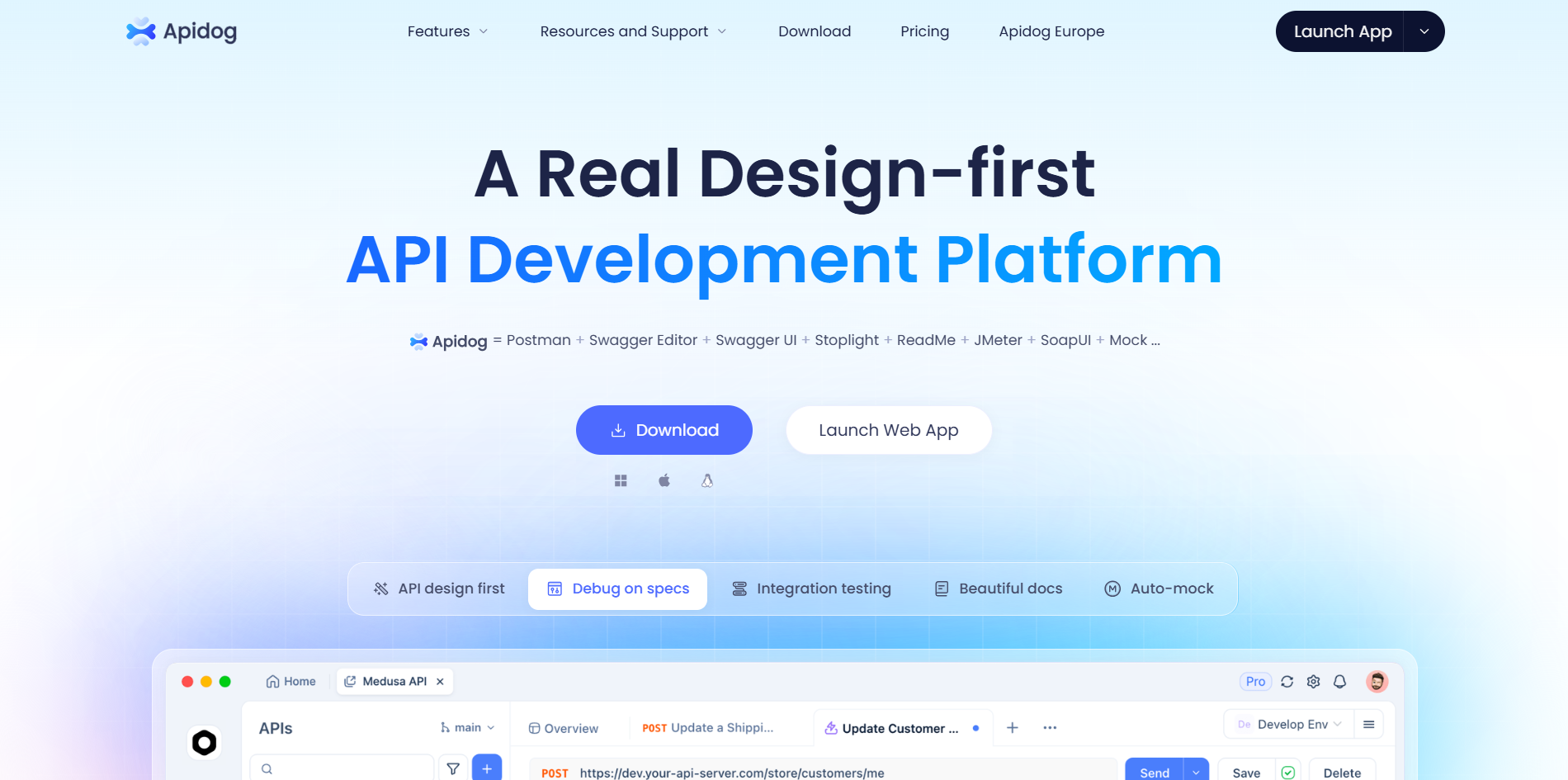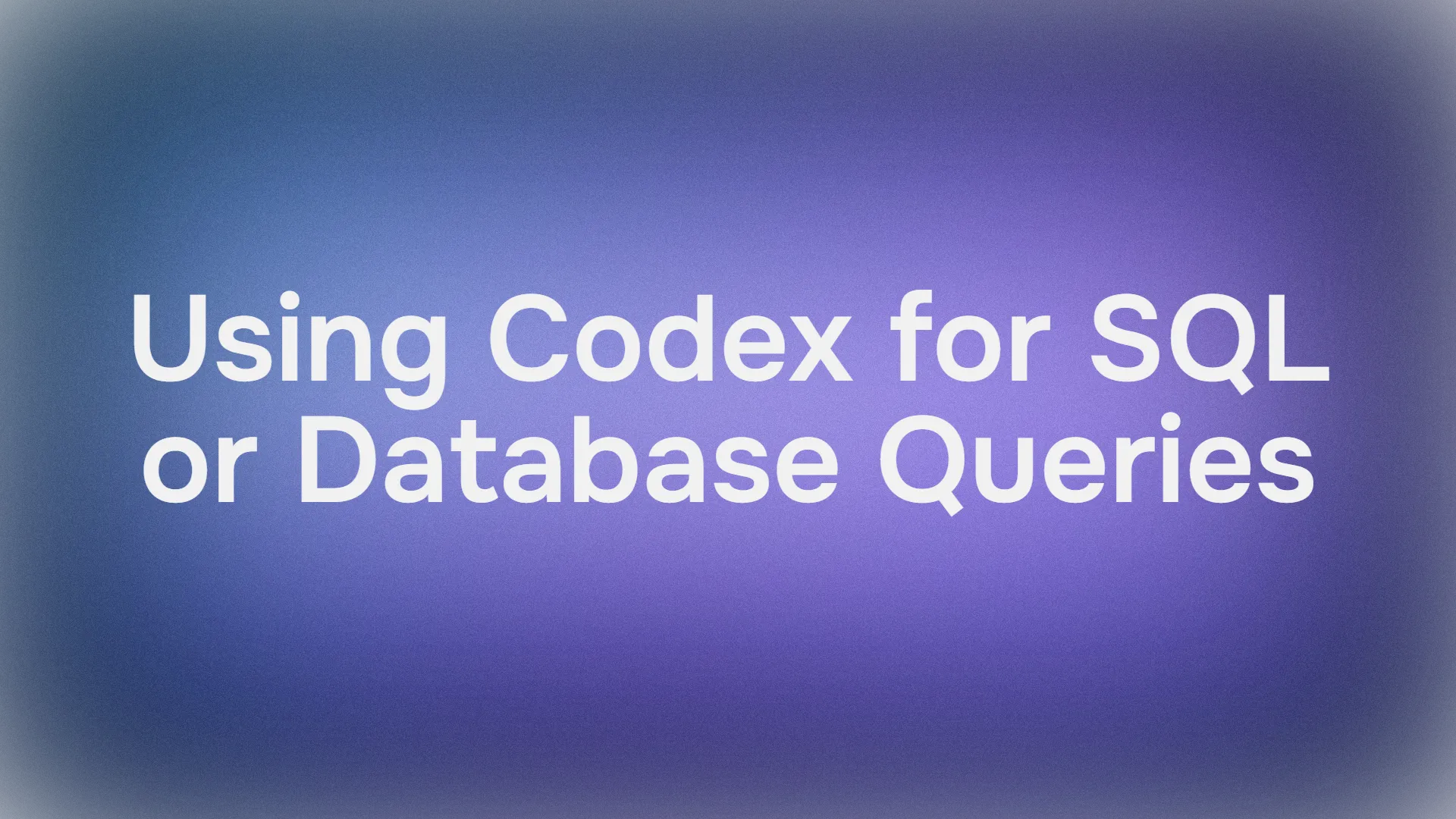If you've ever stared at a blank screen trying to craft the perfect SQL query or wrangle a stubborn database schema, you're in for a treat. Today, we're diving into how Codex can supercharge your workflow when it comes to SQL and databases. Whether you're a newbie dipping your toes into relational data or a professional optimizing a massive dataset, Codex is like that smart friend who always has your back. We'll explore practical ways to use Codex for SQL or database queries, answering that burning question: Can Codex help with SQL or database queries? Spoiler Alert: Absolutely, and I'll show you how.
Want an integrated, All-in-One platform for your Developer Team to work together with maximum productivity?
Apidog delivers all your demands, and replaces Postman at a much more affordable price!
What are SQL and Databases?
First off, let's get on the same page about the basics. SQL, or Structured Query Language, is the go-to programming language for managing and manipulating relational databases. It's all about those CRUD operations—create, read, update, and delete—handling data in tables like a boss. From small apps to huge enterprise systems, SQL powers everything: online shopping carts, analytics dashboards, you name it. And databases? They're organized collections of data stored electronically, often in relational formats with rows and columns. Think Amazon RDS or Google Cloud SQL for cloud vibes, or even big data integrations with AI. They're the backbone of efficient data management in industries far and wide.
Now, imagine blending this with Codex, an AI powerhouse that understands natural language and spits out code like magic. Using Codex for SQL or database queries isn't just helpful—it's a game-changer. It turns your vague ideas into precise, executable code, saving hours of head-scratching. Let's break it down step by step, shall we?
Step 1: Define Your SQL or Database Task
Alright, start simple. What's your goal? Are you writing a fresh query, tweaking an old one for speed, or maybe debugging a pesky error? Get crystal clear. Specify the database—MySQL, PostgreSQL, SQL Server, whatever you're using—and jot down table structures or schemas. For example, if you're dealing with a sales database, note tables like "orders" with columns for date, amount, and region. This sets the stage for Codex to shine in handling your SQL or database needs.

Step 2: Prompt Codex to Generate SQL Queries
Here's where the fun begins. Feed Codex a natural language prompt, like: "Write an SQL query to find the total sales per region for the last quarter." Boom—Codex generates the code. To make it even better, share table defs or sample data. Say your "sales" table has "region," "amount," and "date" columns. Codex might output something like:
SELECT region, SUM(amount) AS total_sales
FROM sales
WHERE date >= DATE_SUB(CURDATE(), INTERVAL 3 MONTH)
GROUP BY region;
See? Using Codex for SQL or database queries turns English into executable magic. It's practical for quick prototypes or when you're stuck on syntax.
Step 3: Review and Test Generated Queries
Don't just copy-paste and pray—review it! Check for correctness: Does it join tables right? Is it efficient? Run it in your database tool, like phpMyAdmin or pgAdmin, and verify outputs. Compare with your manual queries. I once used Codex to generate a complex join, tested it on a test DB, and it shaved off seconds from load times. This step ensures Codex's output aligns perfectly with your database reality.

Step 4: Use Codex to Optimize Queries or Suggest Indexes
Got a slow query? Ask Codex: "Optimize this SQL query for faster execution on large datasets." Provide your existing code, and it might suggest adding WHERE clauses or subqueries. Or go further: "Suggest indexes for this table to speed up queries on the 'user_id' column." Codex could recommend:
CREATE INDEX idx_user_id ON users(user_id);
This is gold for scaling databases. In my experience, optimizing with Codex has turned sluggish reports into snappy insights, making it indispensable for SQL or database queries in high-traffic apps.
Step 5: Debug and Fix SQL Errors with Codex
Errors happen to the best of us. Paste the mess: "Fix the syntax error in this SQL statement: SELECT * FROM users WHERE id = ;" Codex spots the missing value and suggests:
SELECT * FROM users WHERE id = 123; -- Assuming 123 is the intended value
It even explains why—maybe a placeholder was forgotten. This debugging prowess makes Codex a lifesaver for SQL troubleshooting, cutting down on forum-hopping time.
Step 6: Generate Database Schema or Migration Scripts
Building from scratch? Describe your model: "Generate a PostgreSQL schema to store customer orders with order items." Codex whips up:
CREATE TABLE customers (
id SERIAL PRIMARY KEY,
name VARCHAR(100) NOT NULL
);
CREATE TABLE orders (
id SERIAL PRIMARY KEY,
customer_id INTEGER REFERENCES customers(id),
order_date DATE NOT NULL
);
CREATE TABLE order_items (
id SERIAL PRIMARY KEY,
order_id INTEGER REFERENCES orders(id),
product VARCHAR(100),
quantity INTEGER
);
For changes, ask for migrations: "Write a script to add a 'status' column to the orders table." It handles ALTER TABLE like a pro. Perfect for evolving databases without starting over.
Step 7: Integrate Codex in Your Workflow
Make it seamless. Use the Codex API or CLI for interactive sessions—generate, tweak, repeat. Plug it into IDEs like VS Code for real-time suggestions. Combine with tools like DBeaver for schema viz or query analysis. I've integrated Codex into CI/CD pipelines to auto-generate migration scripts during deploys. It's all about embedding Codex for SQL or database queries into your daily grind.

Step 8: Automate Report Generation or Data Extraction
Level up automation. Prompt Codex for report queries: "Create an SQL script to generate monthly user activity reports." It might produce a query exporting to CSV:
SELECT user_id, COUNT(*) AS activity_count
FROM logs
WHERE log_date >= DATE_SUB(CURDATE(), INTERVAL 1 MONTH)
GROUP BY user_id
INTO OUTFILE '/path/to/report.csv'
FIELDS TERMINATED BY ',' ENCLOSED BY '"'
LINES TERMINATED BY '\n';
Or JSON for APIs. This streamlines data pipelines, letting you focus on insights over code.
Conclusion
Whew, that's a lot, right? By now, you've seen how Codex transforms SQL and database tasks from tedious to effortless. It understands context, generates accurate code, and adapts to your needs—whether querying, optimizing, or scheming.
In summary, leveraging Codex’s smarts for understanding natural language means fewer errors, faster development, and smoother data management. From query writing to schema design, it's a versatile ally in modern workflows.
So, can Codex help with SQL or database queries? Yes, without a doubt! It's practical, efficient, and empowers anyone to tackle complex data challenges. If you're ready to dive in, download Apidog to get started with API documentation and debugging—it's a great companion for integrating Codex into your projects.




